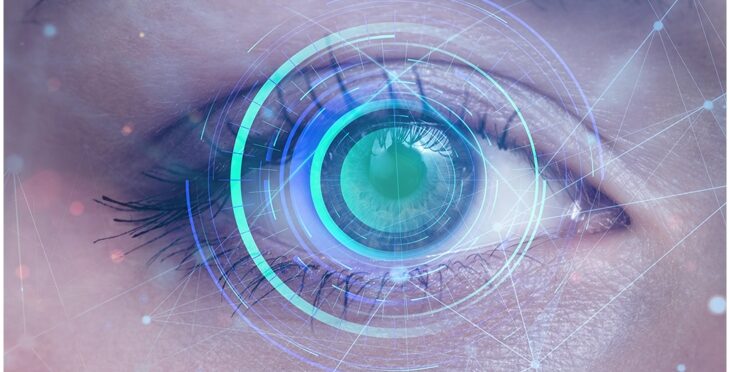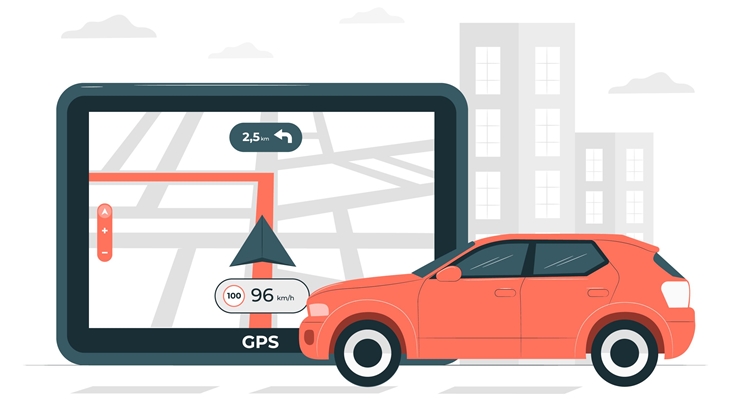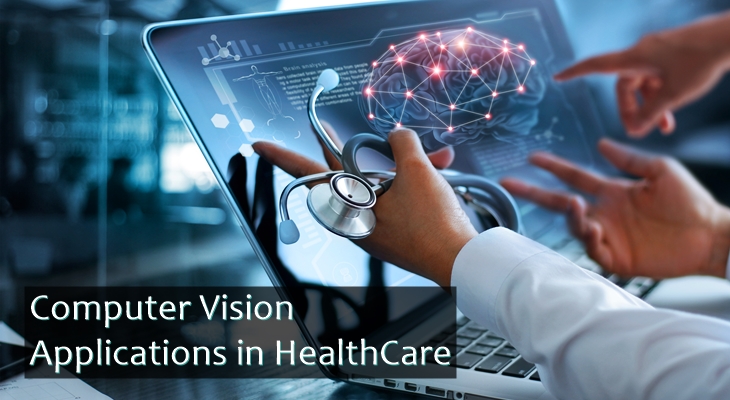Introduction to Artificial Intelligence in EyeCare
Artificial intelligence in Eyecare can pinpoint and identify pathological features in ocular diseases. The multilayered neuronal system of humans inspired artificial intelligence (AI). Some visual and auditory recognition tasks have shown it to be successful. AI can analyze digital data in these tasks in a comprehensive, quick, and non-invasive way.
Bioinformatics is becoming important in the field of medical imaging. It is fueled by increased computing power and cloud storage, as well as the use of novel algorithms and the generation of massive amounts of data. In the field of artificial intelligence (AI), machine learning (ML) is a crucial branch.
Soon, the ability of machine learning to pinpoint, identify, and grade pathological features in ocular diseases will enable ophthalmologists to provide high-quality diagnosis and personalized health care. This blog focuses on AI's use in ophthalmic imaging modalities.
Benefits of Artificial Intelligence in EyeCare
Increased Diagnostic Credibility
AI can offer a higher level of precision than many human physicians.
Artificial intelligence was first developed in the 1950s. It has now progressed to the point where it can be of significant practical help to humans. The efficiency quotient of AI-driven diagnostic tools has increased. This is also a result of the proliferation of Big Data and increased computing capacity.
AI can help us detect diabetic eye diseases with high sensitivity and specificity in populations.
AI As a True Medical Partner
DeepMind's AI, pioneered by Google, comes with a few extra features. It can also give a detailed explanation of why it came to a particular conclusion. It pinpoints the specific part of a scan that led to it.
This capability represents an advancement in the use of AI in medical settings. It enables it to become a more trustworthy diagnostic partner. AI diagnostic programs are designed to analyze data and provide a result.
But, these programs were unable to explain the reasoning process or provide context for their findings. Practicing physicians will appreciate the added dimension. The dimension that allows AI to act like a human colleague capable of providing high-quality care.
AI Saves Time of Practitioners
InnerEye is a Microsoft Research-funded project. It employs AI to perform quick repetitive analytical work. This work takes skilled practitioners hours to complete.
It marks up the data from hundreds of two-dimensional image scans. AI programs can then assemble a three-dimensional model of an ophthalmologic tumor. InnerEye's machine learning methods can also scan and produce 3-D models of healthy eyes. Deep Decision Forests are one of the algorithms used by InnerEye.
As they continue to refine their diagnoses, ophthalmologists can extrapolate from AI results. Physicians also maintain control over the process and the results.
A New Way to Visit the Ophthalmologist
Another project in the works is the Intelligent Retinal Imaging System or IRIS. IRIS is also described by its creators as an office visit in a box. A voiceover program guides the process of taking a clear image of the retina. All the while, the patient's chin rests against a supporting strap.
Diseases like diabetic retinopathy and glaucoma can also be detected using IRIS's software & hardware.
The ability to save images to the cloud is another advantage of AI imaging technologies. Moreover, professionals all over the world can then access the images for quick review. The datasets used in these consultations, as well as the insights gained from the physicians, are then used to train the AI medical assistant further.
Patients and doctors can expect exciting times ahead. AI can also help in reducing the issue of eye disease with early detection and treatment. Also, AI can lower costs through the use of low-cost screening devices.
Challenges to Artificial Intelligence in Eyecare
Practical Challenges for Artificial Intelligence in Eyecare
The need for a complete solution for practical application is the first major challenge. It is also hindering the implementation of AI solutions. This may need a combination of clinically acceptable deep learning systems. Also, a solution for interoperability to receive images from user devices is needed.
Most existing AI systems are validated for a single eye disease classification at a time. Moreover, maintaining and switching between AI systems for each possible eye disease is not practical. Especially for providers without technical AI or software expertise. Also, other issues that arise with any new technology need addressing.
To deal with misclassified patients, systems and processes are a must for screening tests. This also points towards the need for a set of standardized processes. It will help in the development, validation, reporting, and implementation of AI. This would help to avoid misclassification when used on various target populations.
Ethical Challenges for Artificial Intelligence in Eyecare
The ethical and legal issues associated with using AI systems to classify clinical data that isn't explainable also need addressing.
Is the clinician or the AI technology provider responsible in the event of a misclassification?
Many questions like these have no answer, which will contribute to adoption resistance.
TechnicalChallengesforArtificialIntelligenceinEyecare
A major challenge is the lack of suitable training data and external validation. It also needs addressing in order for these solutions to be more generalizable.
This also leads to the next challenge: The time-consuming labeling of input data for the training process. Moreover, this necessitates the involvement of expert practitioners who make mistakes. There is a repeated need for labeling imaging datasets for calibrating a deep learning system. This is also done for each new population. Combined with the need for patient selection, it may delay adoption and raise set-up costs.
Another major technical challenge is the lack of explainability of deep learning techniques. New methods are under development, such as weighted error scoring. These help to check the impact of incorrect classification decisions on human grading. These methods still need the development of expert consensus, standards, and guidelines. It is also necessary for evaluating the performance of any DL systems for use in eye care.
Sociocultural Challenges for Artificial Intelligence in Eyecare
In the global adoption of AI technology, there are sociocultural challenges. Asia is an excellent example. Asia is a vast continent with diverse population biology and culture. Also, there are distinct healthcare spending and consumption patterns. National Asian health systems are developing. Still, in pockets of communities with resources and health systems comparable to those in the west, resource-limited settings account for the vast majority.
Infrastructure availability, healthcare accessibility, and population income inequality. These are factors that disadvantage these communities. The effectiveness and adoption of health technology will get influenced by these social determinants. The needs of both high and low-demand users must need addressing. This is for the successful deployment of a disruptive population screening tool. These present unique challenges in the implementation of AI-based eye screening programs.
Lack of Resources
There are some areas where there is no reliable access to electricity or the internet. Implementing digital solutions is a major challenge in such cases. Mobile screening programs may need portable solutions with rechargeable power supplies. Open-source geolocation tagging would aid in resource coordination. This will help the government or philanthropic follow-up initiatives. Gaps in internet coverage need the development of AI solutions embedded in screening hardware.
Conclusion
AI has shown a lot of promise in increasing the capacity of eye screening in health systems. Challenges in integrating AI solutions into clinical care and health care systems will emerge as technology progresses. New challenges will come with clinical validation to translation with increasing technology readiness.
For the challenges listed, potential targeted solutions are already under investigation. In resource-constrained settings, low-cost, simpler digital solutions, smartphone-based systems may make AI implementation easier. In light of all these factors, AI appears ready for translation and implementation to revolutionize the future.
You may also like to read:
What Is AI As A Service: Some Advantages, Challenges And Use Cases





